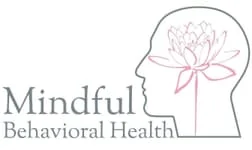This blog post can not be found
Contact Us
Contact us today!
Our Location
Find us on the map
--mi
Mindful Behavioral Health PLLC
Address
2201 Corporate Blvd NW Suite 202
Boca Raton, FL 33431
Contact Information
(561) 499-6933
